Extreme weather is not just a headline; it’s a daily reality that could drastically increase the costs of many everyday items. Here’s a look at how extreme weather will hit your wallet through increases in the cost of common goods and services.
1. Your Morning Coffee

Coffee production is highly sensitive to climate change, with major producers like Brazil facing increased drought and disease. If current trends continue, your regular $4 coffee could easily double in price due to scarcity and increased production costs.
2. A Pint of Beer

Barley and hops, crucial for brewing beer, are vulnerable to drought and extreme heat. As these conditions become more frequent, the cost of a pint could rise by 30%, making your casual pub visits significantly more expensive.
3. Wine and Spirits

Vineyards are extremely climate-sensitive, and unexpected weather can drastically reduce supply and inflate prices. Wine enthusiasts might see a 20-30% price increase, particularly for premium labels from smaller, boutique vineyards.
4. Seasonal Fruits

Fruits like strawberries and apples depend on stable climate conditions for off-season growth. With erratic weather patterns, the cost of importing these fruits could triple, turning a simple fruit basket into a premium purchase.
5. Daily Bread

Extreme weather severely affects wheat production, leading to higher prices for flour and bread. A basic loaf could soon cost double its current price, impacting everything from your breakfast to your dinner table.
6. Chocolate Indulgence

Cocoa plants require specific climatic conditions to thrive, and with increasing instability, chocolate could soon become a high-priced luxury. Expect to see a 50% increase in the price of your favorite chocolate bar as conditions worsen.
7. Home Energy Bills
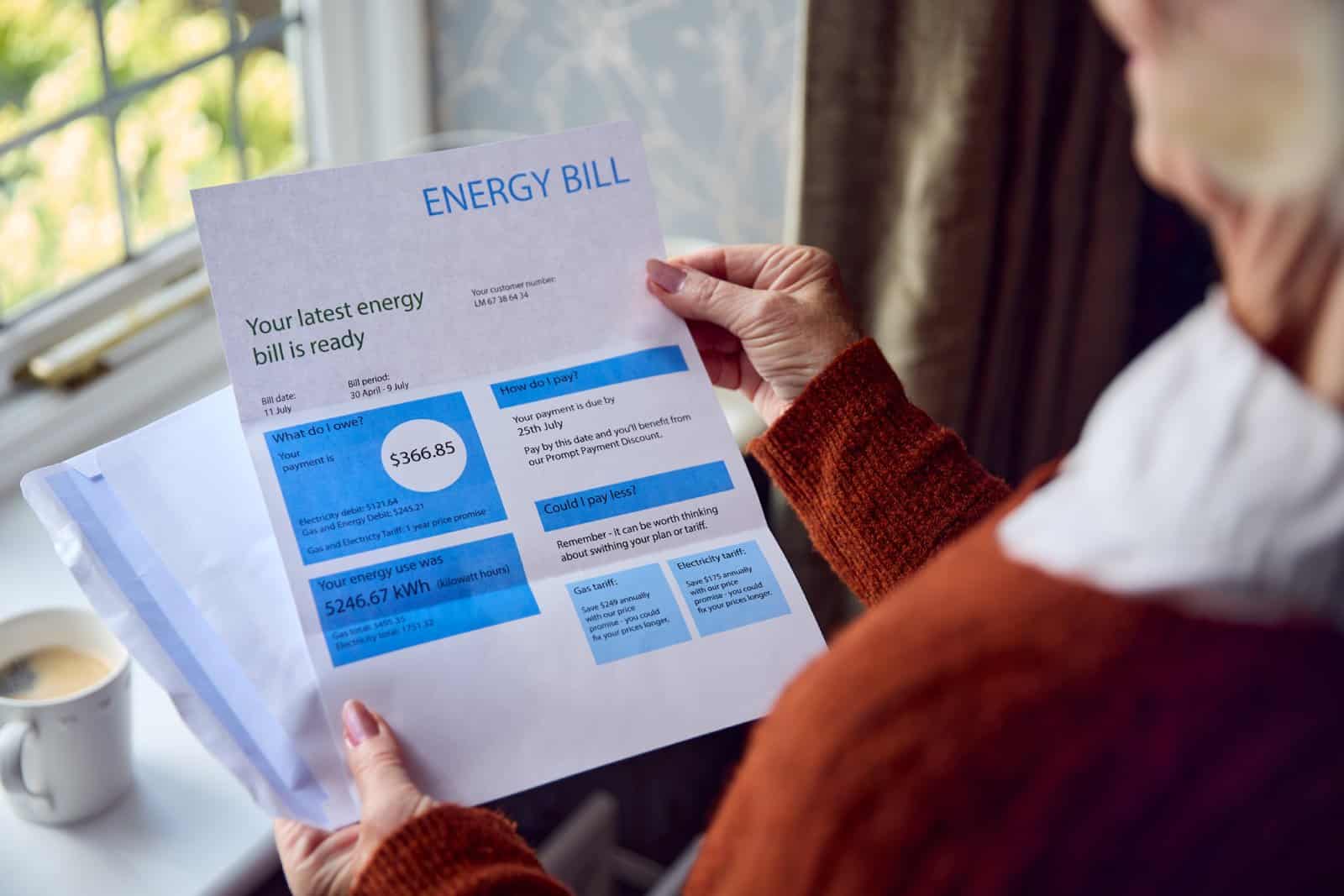
Rising temperatures will necessitate more cooling, driving up your energy bills. A typical household could see summer energy costs increase by as much as 50%, straining budgets and increasing the need for energy-efficient home upgrades.
8. Water Bills

As droughts become more frequent, water prices are set to spike. You could be looking at your water bill doubling, forcing you to reconsider every shower and tap turn.
9. Skyrocketing Insurance Premiums

As extreme weather events become more common, expect your home and auto insurance premiums to soar. Homeowners in hurricane-prone areas like Florida have seen their insurance costs increase by over 50% in just a few years.
10. Home Repairs and Rebuilding

Floods, hurricanes, and wildfires can cause extensive damage to homes. If your insurance doesn’t cover everything, you’ll be footing a hefty bill, possibly $20,000 or more out of pocket to rebuild after a disaster.
11. Increased Food Prices

Droughts and severe storms disrupt agricultural production, leading to higher food prices. Basics like a gallon of milk could increase from $3 to $6, or a loaf of bread from $2.50 to $5.
12. Health Care Costs

Extreme heat waves, poor air quality, and the spread of diseases like Lyme disease and West Nile virus will drive up health care costs. Heat-related illnesses alone could add hundreds of dollars per month in medical bills.
13. Property Value Decline
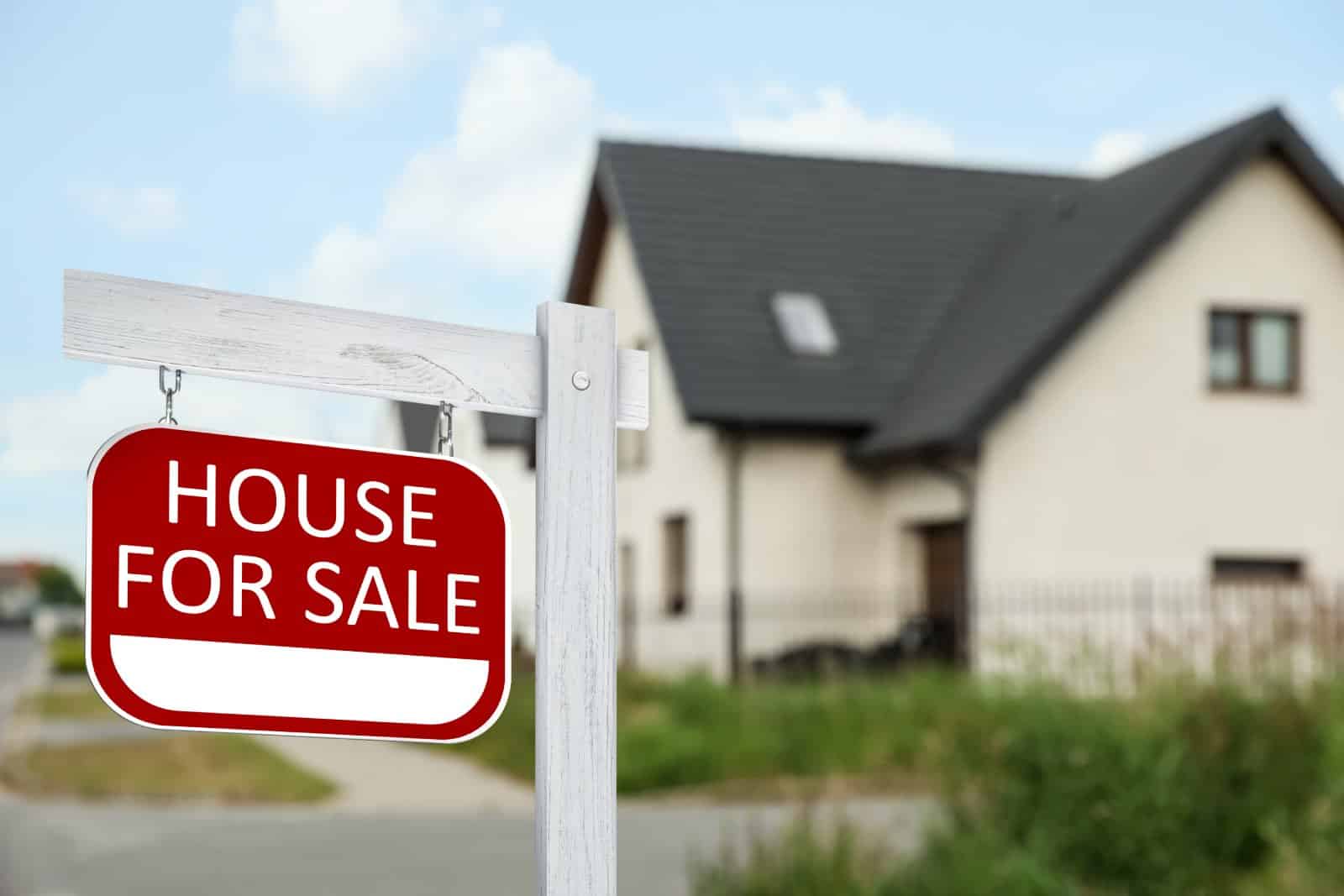
Properties in areas prone to extreme weather will see a decline in value. Homes that were worth $300,000 might drop to $150,000 or less, making it hard to recover your investment.
14. Job Losses

Extreme weather can devastate local economies, leading to job losses in affected industries such as agriculture, tourism, or outdoor-related fields, potentially leaving you unemployed for months.
15. Infrastructure Damage
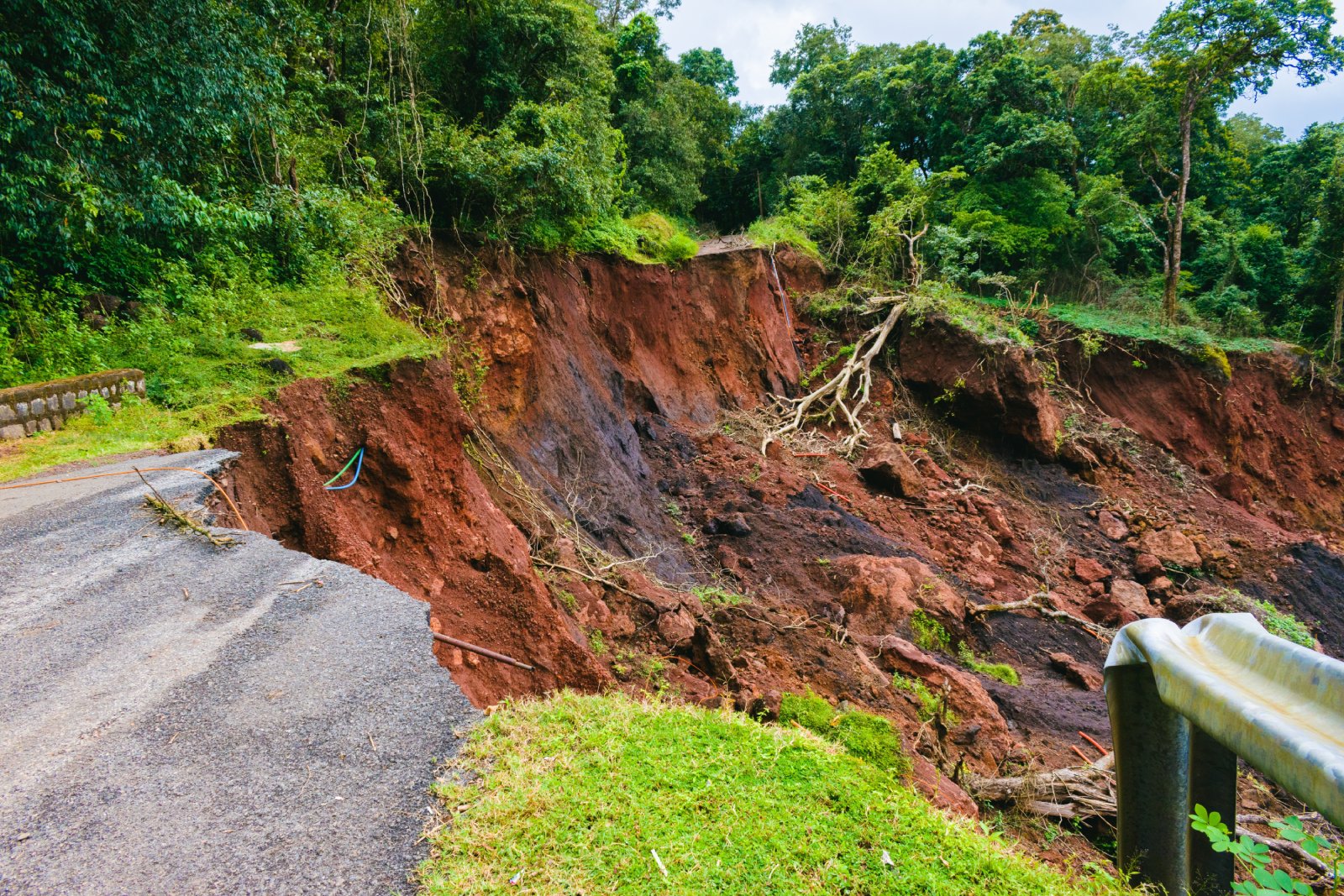
Public infrastructure, including roads, bridges, and utilities, will suffer from extreme weather. The cost of repairs will likely be passed on to taxpayers, meaning higher taxes and fewer public services for you.
16. Displacement and Migration

More frequent and severe natural disasters will force people to relocate. Moving expenses, temporary housing, and lost belongings can cost tens of thousands of dollars.
17. Loss of Personal Belongings
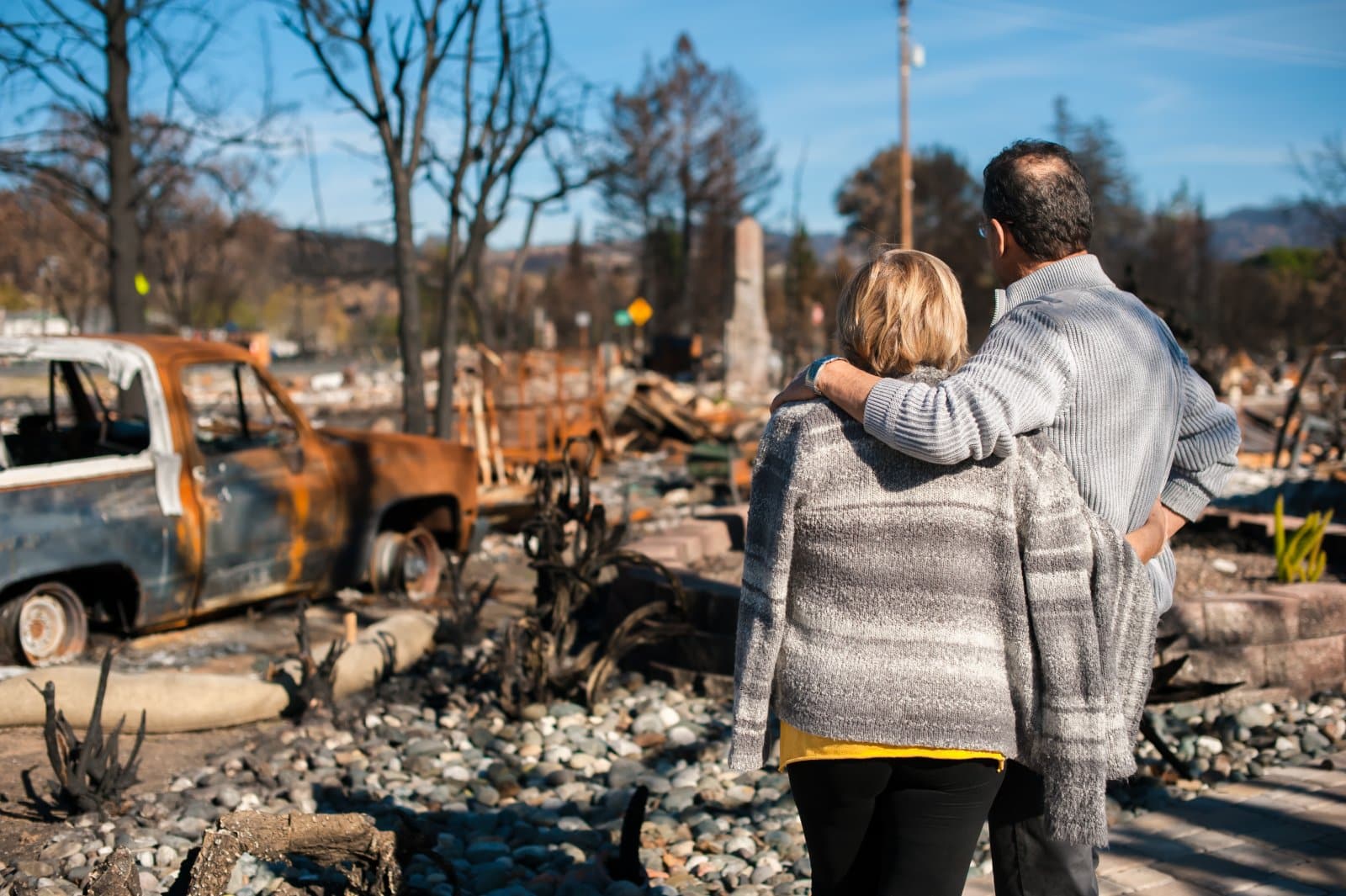
Floods and fires obliterate personal belongings. Replacing everyday items like furniture and clothing, even with insurance, can cost thousands.
18. Higher Taxes
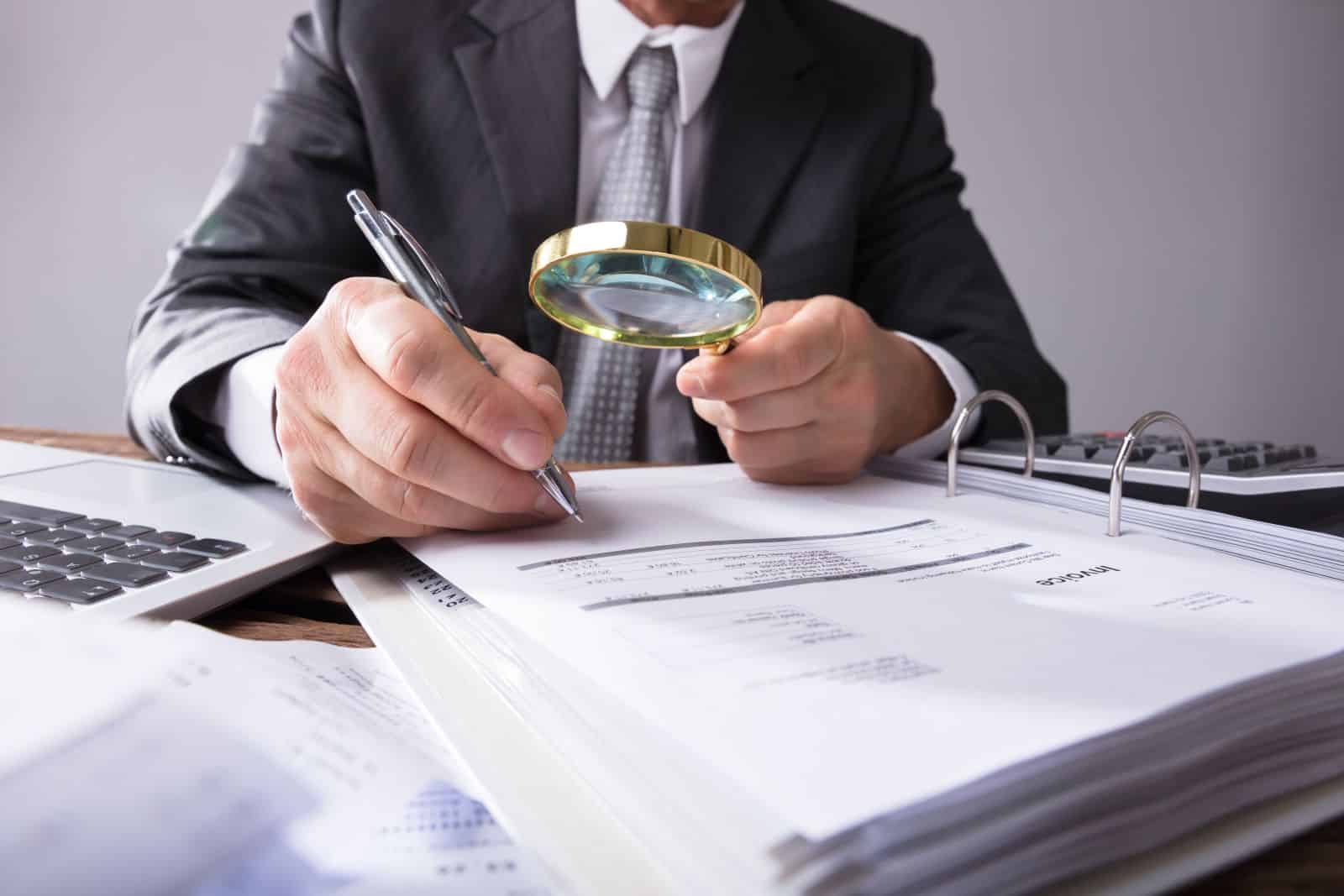
The federal and state governments will need more funds to address the damage from extreme weather, leading to higher taxes. An increase of just a few percentage points can significantly impact your annual budget.
19. Reduced Air Quality

Wildfires and industrial pollution will lead to poorer air quality. Air purifiers and medical treatments for asthma and allergies can add hundreds of dollars to your monthly expenses.
20. Impact on Mental Health

The stress and anxiety of dealing with extreme weather events can take a toll on mental health. Therapy sessions, medications, and lost productivity can cost thousands annually.
21. Travel Disruptions

Severe weather can ground flights, close roads, and disrupt public transport, making travel more expensive and less reliable. Airline tickets could become significantly more expensive, and road closures can mean long detours and additional fuel costs.
22. Business Closures
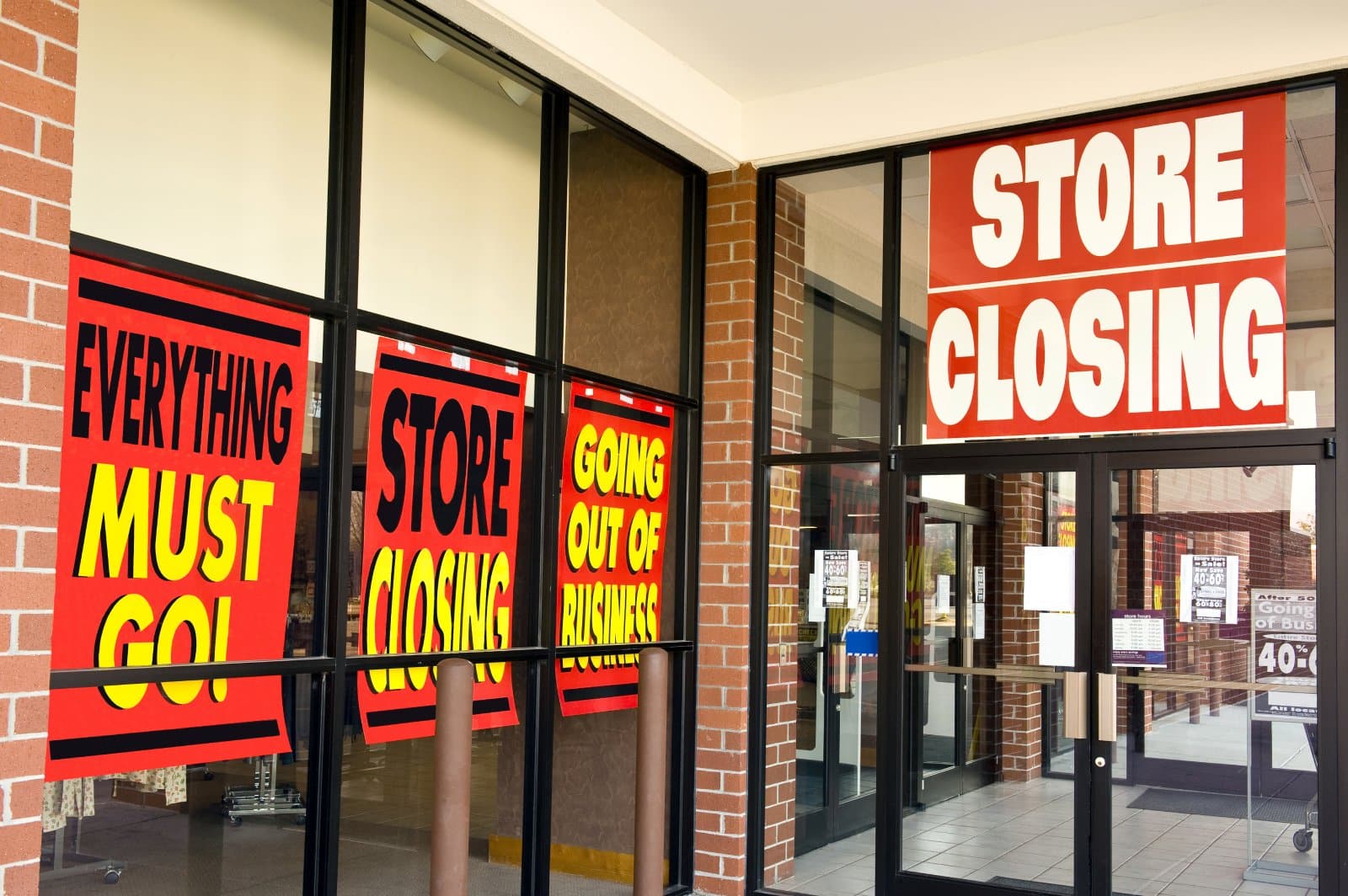
Local businesses can be wiped out by extreme weather, leading to loss of community services and jobs. The economic ripple effect can devastate local economies, impacting your day-to-day life.
23. Wildlife and Ecosystem Loss
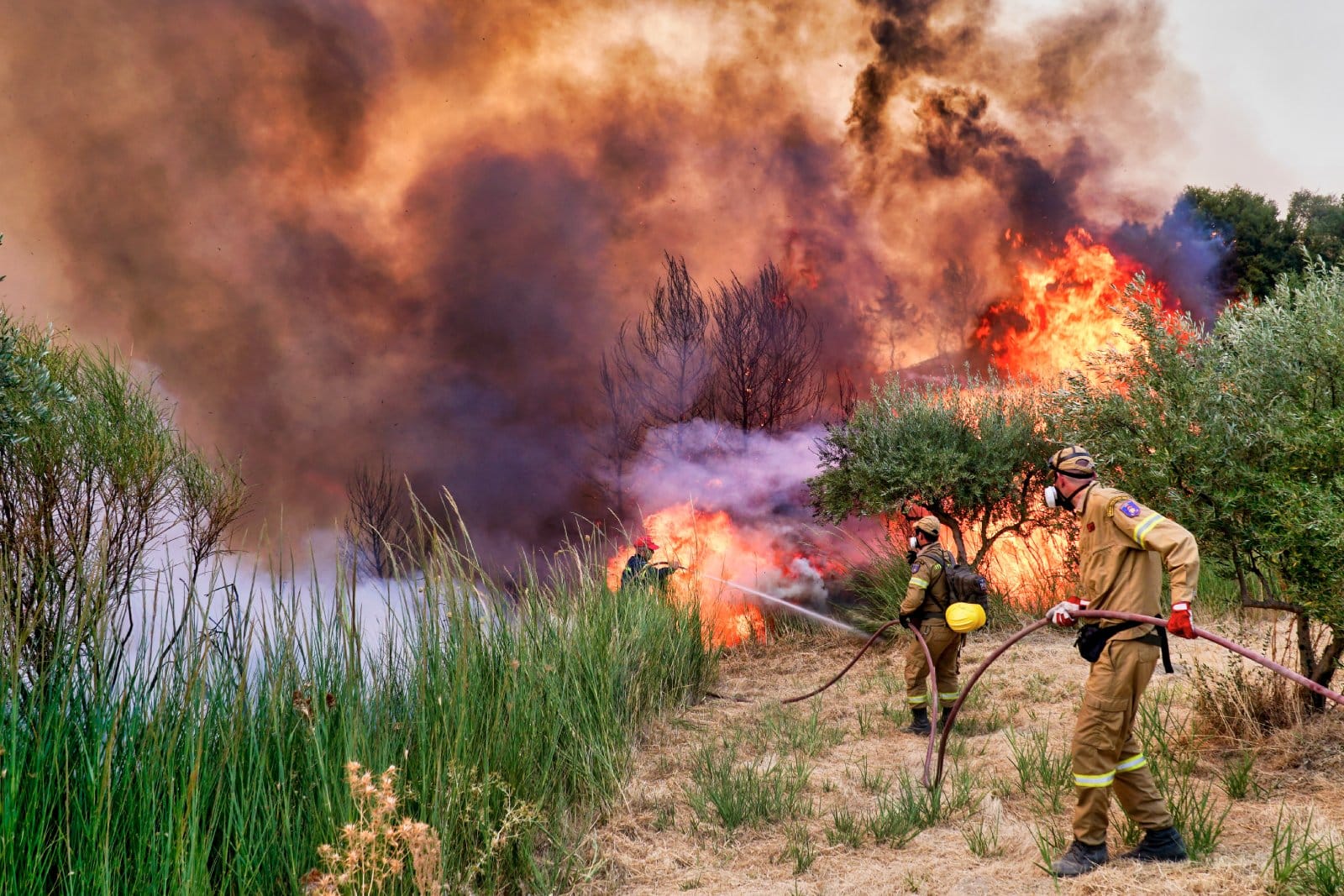
The destruction of natural habitats will affect local ecosystems, reducing biodiversity and impacting activities like fishing, hiking, and wildlife watching. Conservation efforts will require funding and support that may be scarce.
24. Increased Pest Infestations
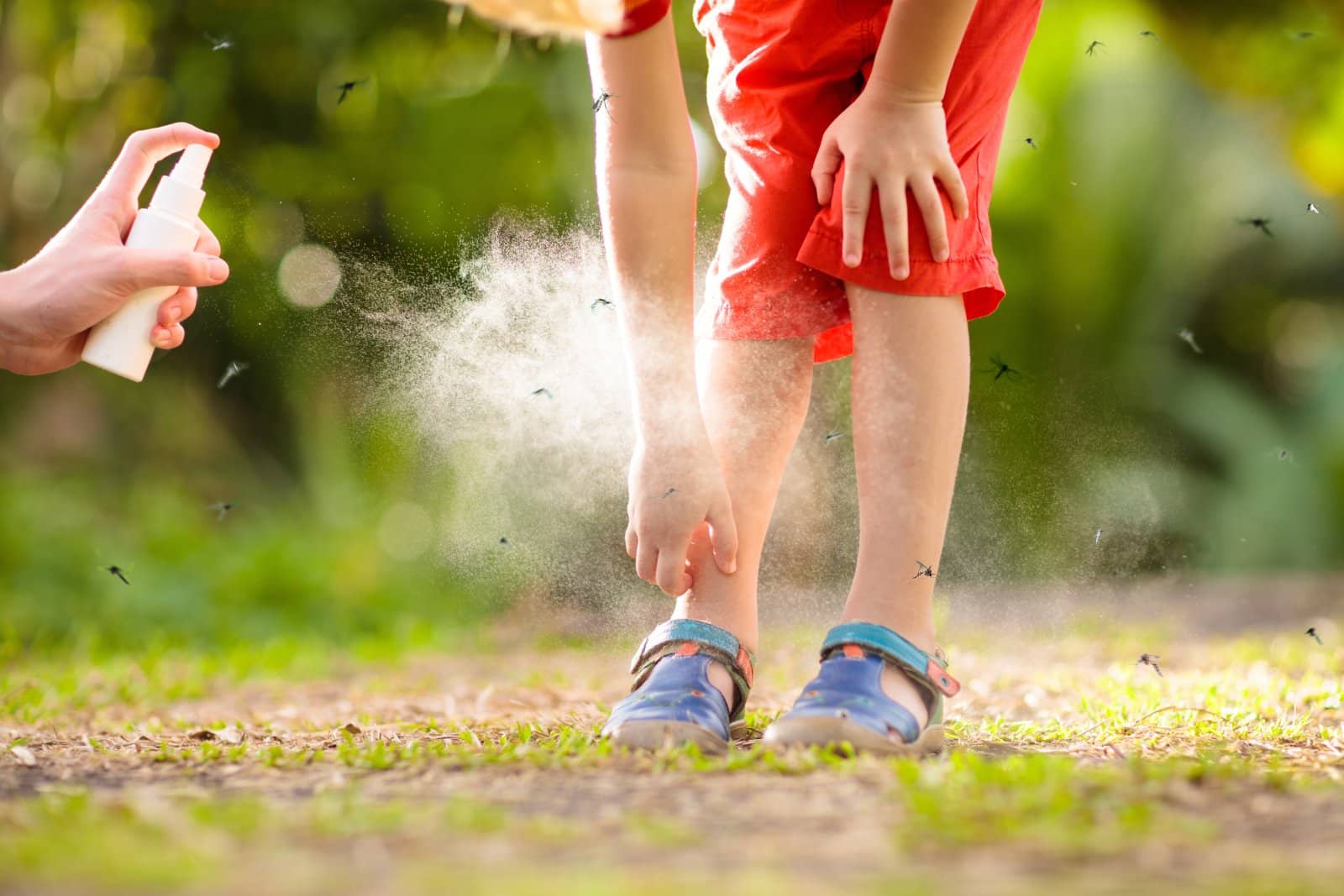
Warmer temperatures and changing climates can lead to an increase in pest populations like mosquitoes, ticks, and rodents. This can bring more diseases and damage to your home and garden, increasing pest control costs.
25. Overall Decrease in Quality of Life

Ultimately, the cumulative effects of all these factors will lead to a significant decrease in your overall quality of life. From financial strain to health issues and environmental degradation, the true cost of extreme weather is a future you don’t want for yourself or your family.
Are We Prepared for the Real Costs?

Extreme weather is more than just a headline; it’s a looming financial storm. Are we ready to face the costs, or will we be caught unprepared? This isn’t just a forecast; it’s the reality knocking on our doors.
23 Steep Taxes Adding to California Residents’ Burden

California: a place of sunshine, innovation, and, unfortunately, some of the nation’s highest taxes. From LA’s beaches to Silicon Valley’s tech hubs, residents grapple with a maze of state taxes. Here’s a glance at 23 taxes that might surprise both Californians and outsiders. 23 Steep Taxes Adding to California Residents’ Burden
Cash in on Nostalgia: 21 Toys Now Worth a Fortune

Time to dust off the boxes and find that once-cherished toy from your childhood. For collectors and enthusiasts, these items have become valued objects, and they can be worth big bucks – are there any of these in your attic? Cash in on Nostalgia: 21 Toys Now Worth a Fortune
Millennials Don’t Buy These 19 Products Anymore

Millennials are changing consumer habits, quietly replacing once-staple products and traditions. Often criticized for their disruptive preferences, this generation is reshaping the marketplace with digital expertise, ethical buying, and a taste for the unconventional. Millennials Don’t Buy These 19 Products Anymore
Featured Image Credit: Shutterstock / fizkes.
The content of this article is for informational purposes only and does not constitute or replace professional financial advice.
For transparency, this content was partly developed with AI assistance and carefully curated by an experienced editor to be informative and ensure accuracy.
